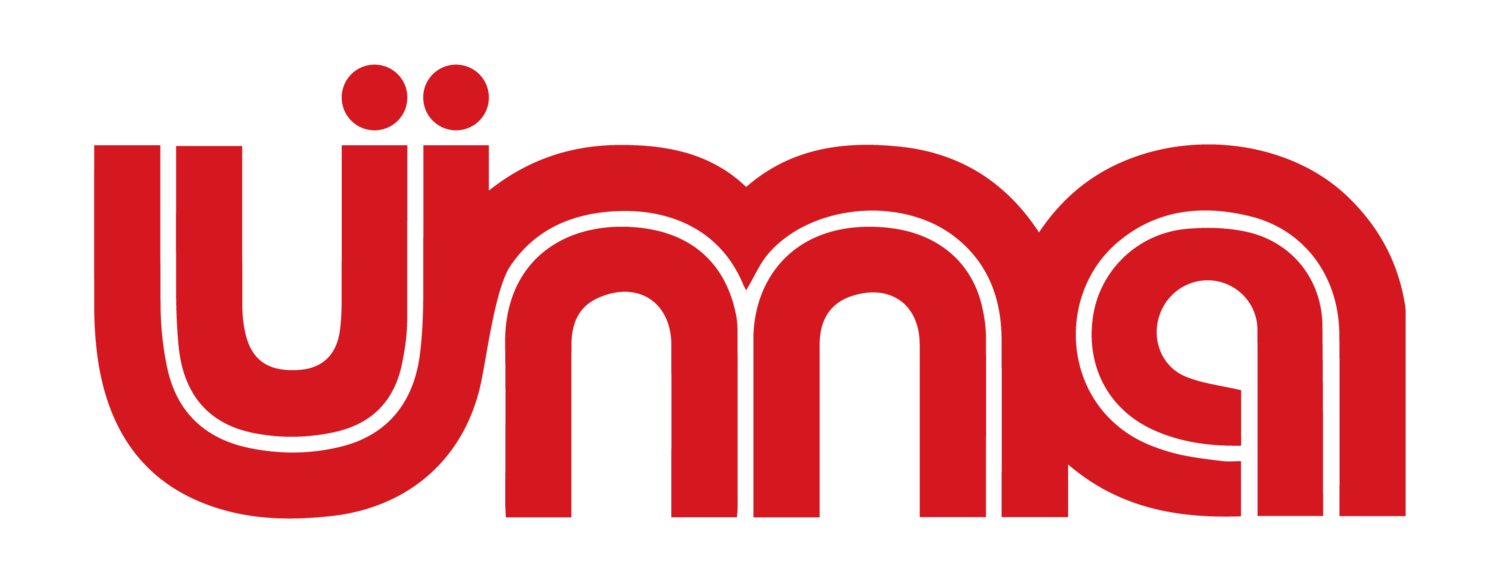Confronting Catastrophes
Yohanan Petrovsky-Shtern
March 17 - April 7, 2024
Opening Reception & Presentation: Sunday, March 17, 2024
This special exhibition iss supported by the Kyiv-Mohyla Foundation of America
Artist Statement
We live in the times of coagulating darkness. First, the voracious empire punished the Europe-striving Ukrainians by biting off chunks of eastern Ukrainian territories and Crimea, where I spent my summers as a child. After that the epidemics took lives of the closest friends and relatives, including my father and the father of my wife. Then the February 2022 onslaught into Ukraine made my classmates, colleagues, and students into soldiers and volunteers, and mine and my wife’s mothers into refugees. Then October 2023 struck, and the women from my Evanston community found themselves among the hostages.
The despair seemed overwhelming. I felt as if I were in Edvard Munch's picture yelling into the void. And yell I did. Late in February 2022, together with several thousand participants of the Ukrainian rally I was shouting “Close the sky!” I raised my voice at poli-sci pundits who advised people on the Hill against sending attack weapon to Ukraine. Through cride-coeur, I explained to the media how much the US help was needed. Help arrived much later, it was conditional, and insufficient. I had a deep urge to stretch my hand to the tumbler and switch off the world around me.
Instead, I decided to confront the surrounding catastrophes and to meet horror, pain, suffering,
and stamina face-to-face. What was going on in Ukraine had never been distant to me, yet confronting the events eliminated the distances. My prefiguration of catastrophes that framed my quest as an artist for the last fifteen years was no more an abstract idea, and no more across the ocean. I hit home, the home was mine, and the hit was very close.
I thought of the ubiquitous crisis of humanity by imagining a ripped Veronica’s veil. To interiorize the horror, I imagined myself a Jew in the hiding discovered by the SS and a Polish officer murdered by the Soviet NKVD in the Katyn forest. As an orphaned toddler from Bucha, I hid my face on the bosom of a strange woman. I tried to visualize those who harvested rich crops of 1932, not knowing what was in stock for them – and those colleagues of mine who kept creating art and writing poetry from within the monstrous Leviathan. I told myself: try to lift the red viburnum together with other people in Ukraine.
That confrontation turned me into a front-line soldier, who I, a myopic and peace-loving university professor, certainly am not. But that response helped me banish despair, feel part of the people at war, and perhaps start dissipating despair. To that end, I use the colors of European avant-garde, the succinct imagery of the Polish resistance poster, and the deceptively simple language of the Ukrainian folk art. Oftentimes my neo-avant garde style undermines the very message of the avant garde, which was at odds with religious, philosophical, and mythological references.
What I create might seem ironic, satirical, sarcastic, tragic, unsettling, confusing, funny, and shocking – all of the above or none of the above. I am not to tell you how to receive what you see: I am only provide hints in the tags. Ultimately it is your choice and your approach. My only goal is to take you out of your zone of comfort and make you revisit your own modes of envisioning and thinking. I hope to have been able to articulate this experience in what you are about to see. I also hope to hear your responses, , which enrich and help my understanding of my own artwork.
